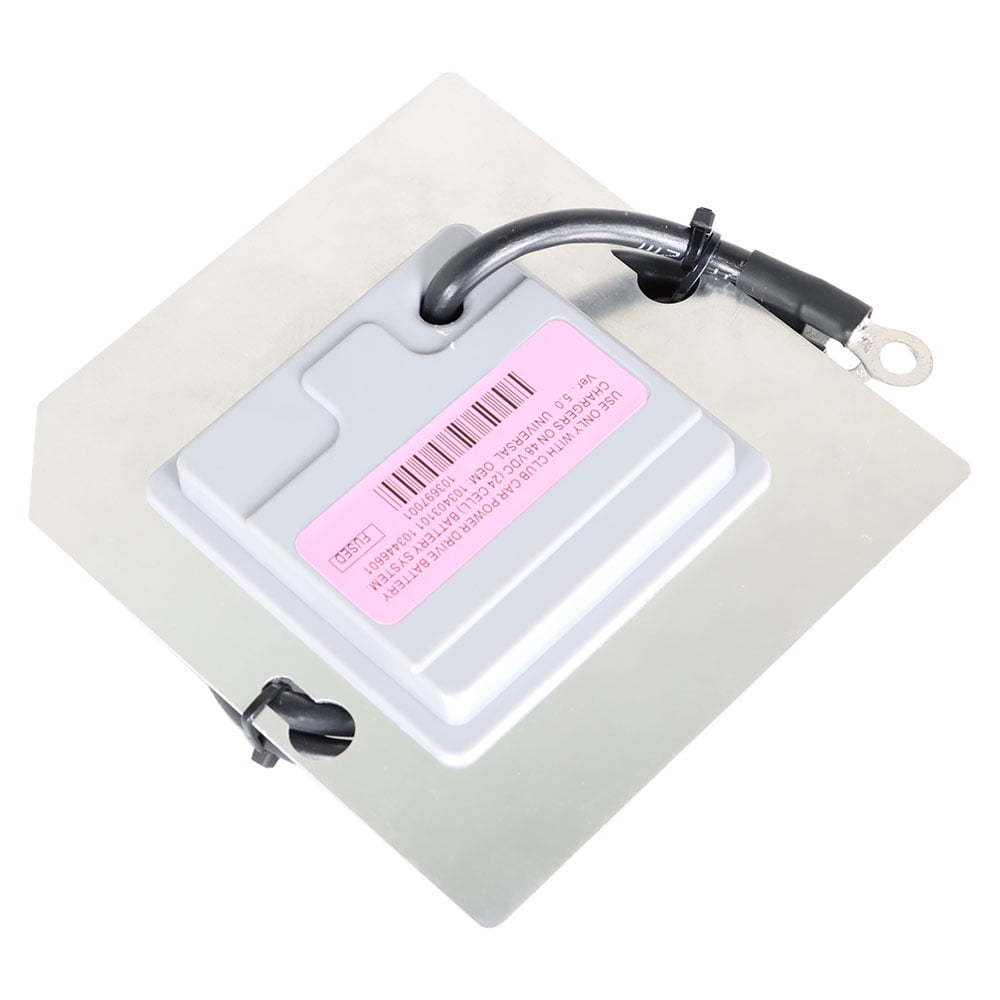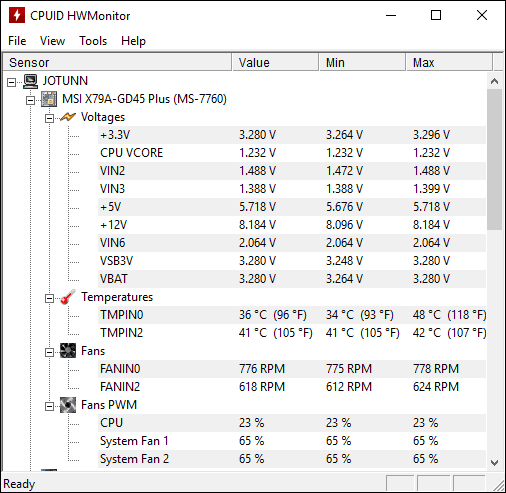

- #CHECK PC TEMPS HOW TO#
- #CHECK PC TEMPS INSTALL#
- #CHECK PC TEMPS MANUAL#
- #CHECK PC TEMPS FOR WINDOWS 10#
- #CHECK PC TEMPS SOFTWARE#
#CHECK PC TEMPS MANUAL#
Outside of manual checks, it’s possible to check CPU temp with apps on both Windows and Mac devices. This will be a static temperature, but it should give you an idea of the health of your computer. If your system uses BIOS, you will skip this step.Īfter restarting your system, you will be taken to a screen where your CPU temperature is available. Step 5: On the reboot screen, choose Troubleshoot. Step 4: Go to Advanced startup and hit Restart now. Step 3: On the side panel, select Recovery. Step 1: Navigate to the taskbar and select Settings. As your computer restarts, it will give you a designated key - typically F12, F2, ESC or DEL - to access your processor settings.

#CHECK PC TEMPS SOFTWARE#
These software systems make sure a device’s hardware runs properly.īy rebooting your computer, you can check your CPU temp using the BIOS/UEFI software. To manually check your CPU temperature, you will need to use the basic input-output system (BIOS) or Unified Extensible Firmware Interface (UEFI) software. Unfortunately, there is no easy way to check the CPU temperature on a Windows system.
#CHECK PC TEMPS FOR WINDOWS 10#
Unfortunately, there is no easy way to check CPU temp on a Windows system, so manual checks are the only way for Windows 10 and Windows 11 users to see and monitor the temperatures of their systems.
#CHECK PC TEMPS HOW TO#
How to Check CPU Temp on Windows 10 and Windows 11 It is important to be aware of the CPU temp in order to keep a computer running at its best. If a CPU’s temperature is too high for too long, the processor can overheat which could lead to slower processing or system failure. These processors are arguably the most important parts of any device because they process requests and information so the device works properly.ĬPU temps can run high if the processor is being used over a long period of time or for multiple high-maintenance tasks. What is CPU Temp?ĬPU temp is the temperature of a technological device’s central processing unit. Read our guide to learn more about how to check CPU temp, why your CPU may be overheating and how to prevent this. If left untreated, high CPU temps can damage or destroy devices. While most premium protection services or VPNs won’t cause overheating, it’s possible for a lack of ventilation, dust, malfunctioning parts or background applications to be the culprit. This is because the Central Processing Unit (CPU) is overheating. Remove the check mark next to that option during setup.Have you ever been watching a YouTube video, searching the web, answering emails and more, all at the same time on the same device? If so, you may have noticed your device becoming hot to the touch or the fan running at increasingly high speeds.
#CHECK PC TEMPS INSTALL#
Core Temp tries to automatically install a video game along with the CPU tester.

Core Temp includes other options, such as showing the highest temperature per processor or including the temp for all cores, letting you monitor other things like load and RAM use, changing the temperature polling interval, and showing detailed CPU-related information like bus speed and maximum VID. It includes a useful overheat protection option that notifies you when a critical temperature is reached. Core Temp: Core Temp supports a range of CPUs and can show the temperature for each core beside your Windows 10 notifications.You have the option to switch between Celsius and Fahrenheit. The program shows the temperature for each CPU core. CPU Thermometer: CPU Thermometer is another free Windows CPU temp tester that's simple and effective.Real Temp also tracks your computer's highest and lowest temperatures. In addition to displaying the temperature and load of the processor, it shows you the CPU's safe maximum operating temperature.

Real Temp: Real Temp monitors temperature for all Intel single, dual, and quad-core processors.The lightweight application offers manual fan control and easy-to-understand charts and graphics. SpeedFan: In addition to monitoring fan speeds, voltage, and processor temperatures using your computer's internal sensors, SpeedFan can also determine your hard disk's temperature.


 0 kommentar(er)
0 kommentar(er)
